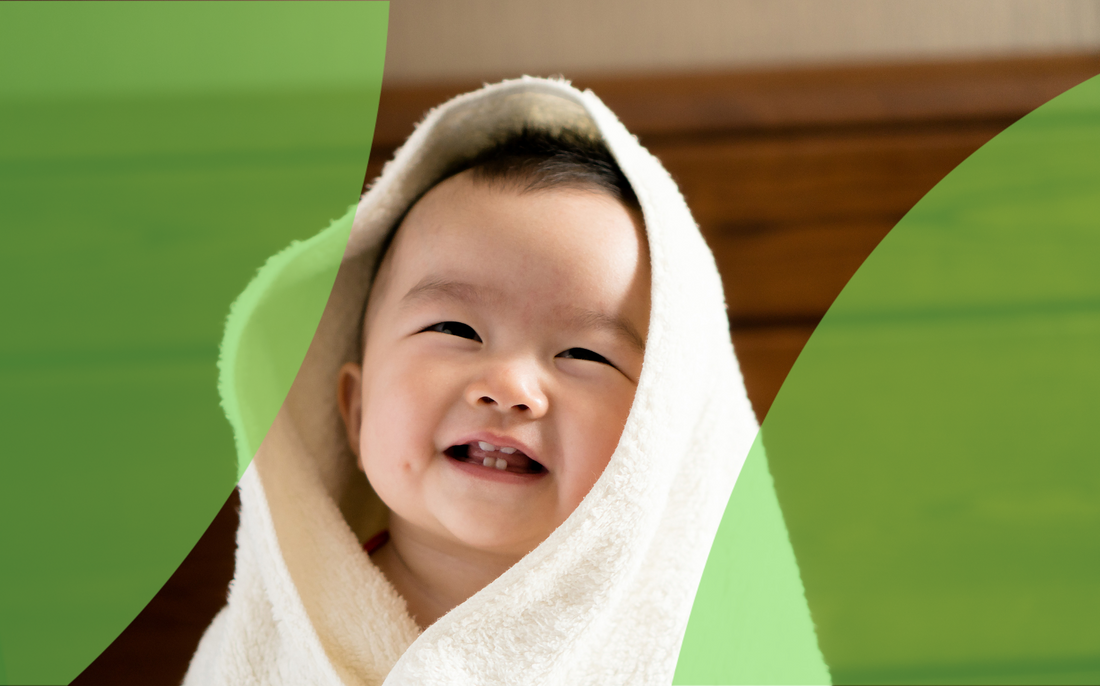First of all, take a deep breath and congratulate yourself on bringing to life a beautiful baby. You may be stressed about the many challenges to come in raising your cute little monster, but rest assured, all those sleepless nights will always be worth it. Raising a child could be a daunting task, but nothing that is ever worth your love and effort is easy. Allow BumblCo™ to help make one of those tasks a little more simple and worth it in the long run. Of course, we are talking about your infant’s dental care.
See links below for dental support for all other ages (list links to other blogs for other ages)
Your baby should start teething at about 6m, however this can happen as early as 3 months, and sometime even as late as 12 (do not be alarmed this is quite normal) and you should see the smallest little bit of the middle lower two teeth. For this age be very careful not to introduce children to manual toothbrushes just yet. The reason these are not necessary at this age is due to a few factors:
- Brushing for your child using a regular toothbrush can be quite traumatic for their gums and little soft teeth. This could be due to the difficulty you may experience in controlling the pressure on your child’s gums and teeth using a hard handle toothbrush, note that their gums are tender due to erupting teeth. This can result in your child crying and consequently hating the idea of brushing teeth.
- Bristles on these toothbrushes, whilst advertised as soft, can be quite traumatic on fresh gums and erupting baby teeth. This can also cause your child to dislike the idea of toothbrushing and associate toothbrushes with pain and/or discomfort.
To avoid this, try and use a small soft hand towelette. Dampen the portion you will use in warm water and using your fingers, softly clean gums, and teeth in a circular motion (only use a “smear” or rice grain amount of fluoride free toothpaste after the first few teeth have come through). Your fingers will allow you much more control of the pressure and strength being applied to the gums and teeth, and the child will also trust your hand a lot more than a foreign object such as a toothbrush. To do this successfully, it is important to help make your baby feel safe and secure.
1 – Position your baby so you can see their mouth and they can see you making funny faces at them (the faces are optional but we know you cant’s help yourself!). May help to do this sitting down whilst resting your baby’s head on your lap.
2 – Cup your baby’s chin in your hand whilst their head is rested on your lap whilst using all your willpower to fight the urge to squeeze their cheeks.
3 – Lift their lip whilst using the damp cloth and your fingers to clean their teeth and gums using circular motions. If your baby starts to laugh and giggle at the face you are making, do not be fooled by their cuteness, they are trying to distract you from brushing.
4 – Make sure you cover as much of the gums as possible, and you have cleaned all surfaces of all their teeth using your fingers. Be careful with those teeth they might bite you to try and show dominance.
5 – Celebrate your success because you haven’t traumatised your child with toothbrushing. Go on, share a bottle of milk with them, you deserve it you.
Joseph – Oral Health Therapist and Co-Founder

